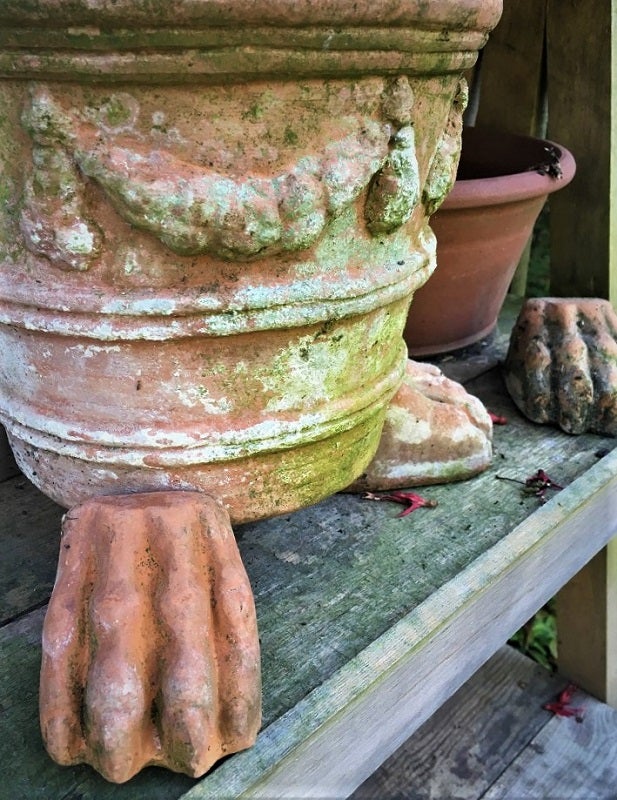And Now You Know: L. Miller: Merchant, Shingle Mill Owner, Promoter of Orange
Published 9:42 am Monday, April 23, 2018
By Mike Louviere
In 1868, a 16-year-old boy left his home in Hamburg, Germany and came to America. Over the years he migrated to Mississippi and started a general merchandise business. He had all of his stock and equipment loaded on a schooner, preparing to relocate when the schooner caught on fire and he lost everything he owned. With only a small amount of money, he started looking for a new place to start over. He decided on Orange, Texas.
A special edition of the Orange Leader in 1895 contained an article about Miller. The article said that he came to Orange with only a few hundred dollars and opened a general store. “He was successful, his capital has increased and he has become a public spirited man.”
In 1889, he bought the Michael Shingle Mill. He renamed the business Miller Shingle Mill and partnered with F. Buehler. They increased the mill capacity from 80,000 to 250,000 shingles per day, using only cypress for the shingles. By 1892, the mill had made a contract to furnish 60,000,000 shingles. This was the largest single contract in the world at the time. The mill employed 75 people.
Miller owned outright the General Merchandise Store, located on Fourth and Front Streets. The store sold dry goods, groceries, clothing, shoes boots, hats, caps, mill supplies, and agricultural implements. The store generated about $150,000 per year income and employed 10 people.
He was also president of the electric light company and a director of First National Bank.
On October 30, 1889, he became a United States citizen.
In 1906, he organized and became president of the Orange Grocery Company. The company had capital stock of $50,000.
Miller was a great promoter of Orange. In 1916, he wrote an article for a special edition of the Orange Leader that was published to commemorate the opening of the new deepwater port.
“Lumber is the great asset of Orange. It is the basis of prosperity of the past and will be the pivotal industry around which the Orange of the future will be built. Some of our mills here have supplies of timber standing that will last for a lifetime.
Exclusive of woods operations the mill payrolls average at least $15,000 per week with an almost equal amount dispersed to the logging camps that surround the town.
Annual shipment by rail of lumber amounts to about 150 million board feet per year with a value of $2,250,000.
The Yellow Pine Paper mill payroll is $5,000 to $6,000 per week. This mill uses what was formerly destroyed as scrap from the lumber and shingle mills.
The great industrial future of Orange could be factories that would make products such as chairs, kitchen tables, and the like from milled lumber.
The deep water port opens great prospects for water export of lumber products.
I will state for the benefit of the public at large that should any person who decides to come to Orange to erect a factory with the object of making use of lumber supplied by Orange mills should not delay making the move, for in the next few years we will discontinue sending invitations to come. Applicants will be crowding one another and begging for space to come in,” wrote Miller.
Miller’s prediction did not exactly come true. Furniture factories did not ever establish in Orange to any degree. Lumber and shingle production continued. In World War I wooden shipbuilding started and continued in smaller fashion for years after the war ended. The great supply of standing timber declined until, one by one, the saw mills and shingle mills began to close. The lumber camps were vacated. By the mid 1930s, the Lutcher and Moore mill had ceased operation and the last of the great mills was gone.
The prosperity of the years of timber and lumber was gone. Orange’s first boom had gone bust.
“And now you know”





